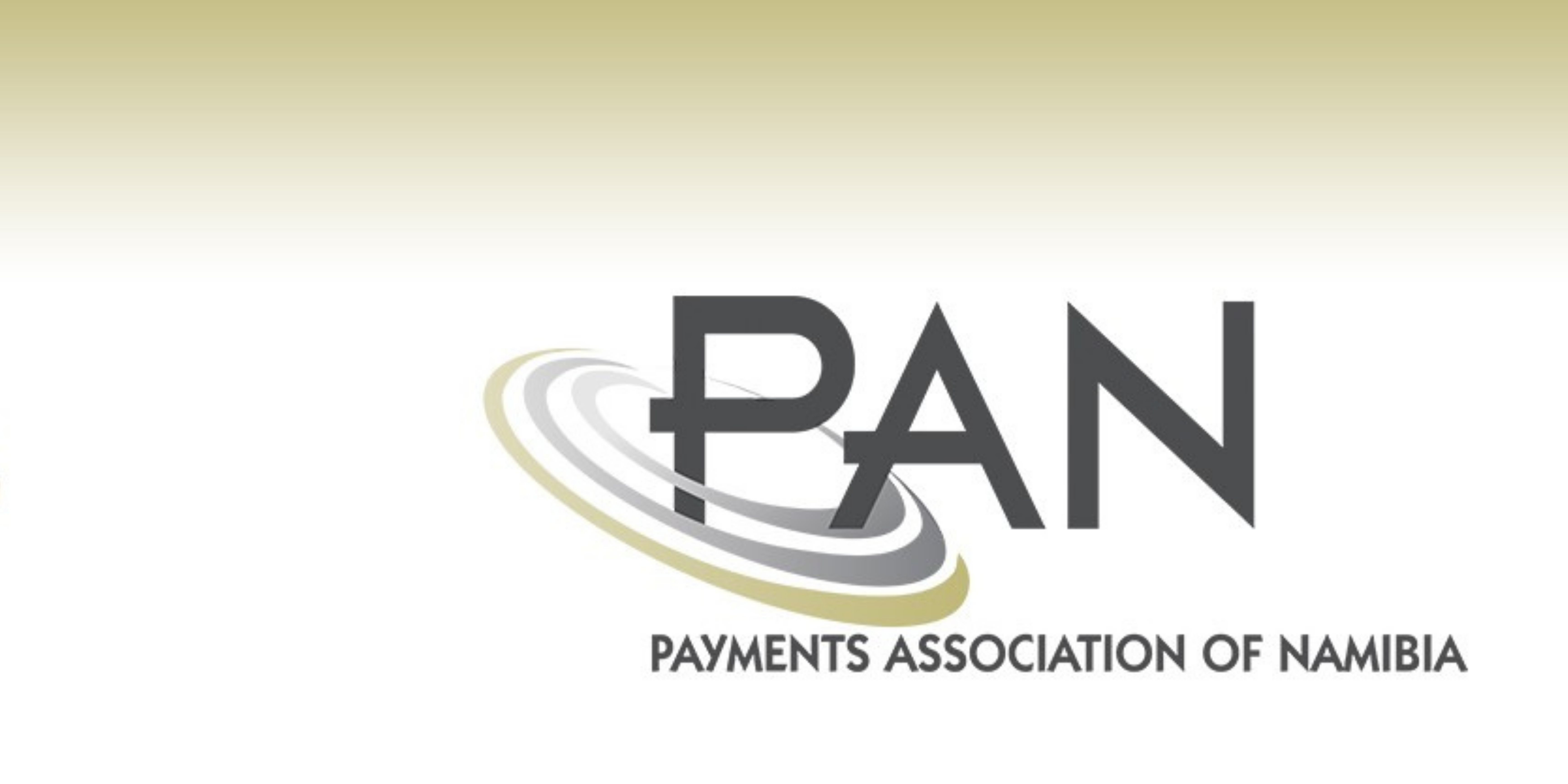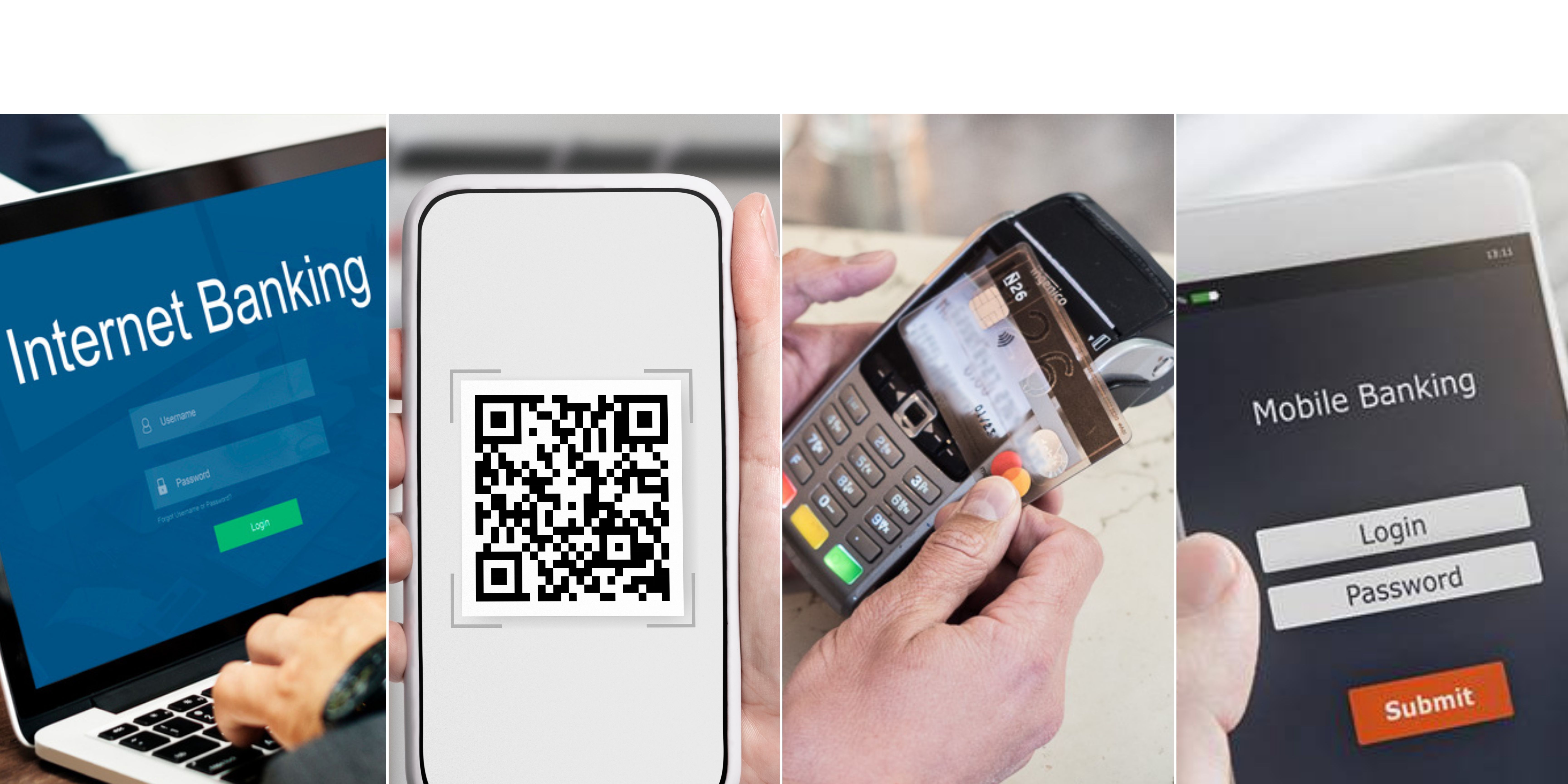Deposit and Refund Scams
What are Deposit and Refund Scams?
A deposit scam involves the use of fraudulent deposit slips or internet proof of payment confirmations to trick you into believing that a payment was made into your account and cleared, creating the impression that the payment cannot be returned or reversed. Typically, you will be asked to hand over goods before you realise you have been scammed.
A refund scam also involves the use of altered or fraudulent receipts, deposit slips or internet payment confirmations to trick you into believing that a payment has been made into your account and cleared. The fraudster then asks you to refund them the money they paid into your account incorrectly and they disappear with your money.
How are Deposit and Refund Scams Done?
Scenario A – Internet Transfer
- A supplier is approached by telephone or e-mail with a request to place an urgent order.
- A deal is structured, usually involving a direct deposit to the bank account of the supplier.
- An internet transfer receipt is fraudulently manipulated to reflect a “transfer” to the suppliers’ account.
- The transfer could be for the exact amount of the order as in Scenario A, or for an amount in excess of the agreed amount as in Scenario B.
- The fraudulent Internet Receipt is faxed to the supplier.
- The goods are released to the criminals OR the “excess” refunded as previously described.
- The bank account of the supplier is debited with the “refund”, but the incoming transfer never materializes.
- The supplier is unable to contact his “client” and suffers the loss.
Scenario B – Credit Card Bookings
- Merchant receives a Mail Order Booking request
- Merchant processes booking payment using the Point-of-Sale device
- Merchant confirms successful payment and booking with fraudster.
- Fraudster cancels the booking and requests refund to a different credit card account.
- Funds are debited from the merchant and credited to second credit card account.
- Original transactions are charged back to the merchant and a loss is incurred by the merchant.
Deposit and Refund Scam Tips
- Wait for clearance. Never rely on proof of payment alone. Rather wait for the funds to be cleared before handing over goods.
- Use bank-defined beneficiaries. There are hundreds of well-known companies on a prepopulated list you can find on your internet banking profile. If you use these details, you will know you are paying into the right account.
- Fraudsters make small mistakes. Look out for little errors on your proof of payment, or possible alterations. These are often signs of fraud.




